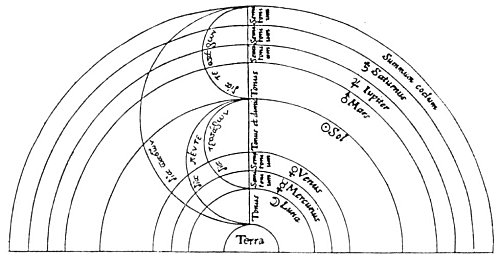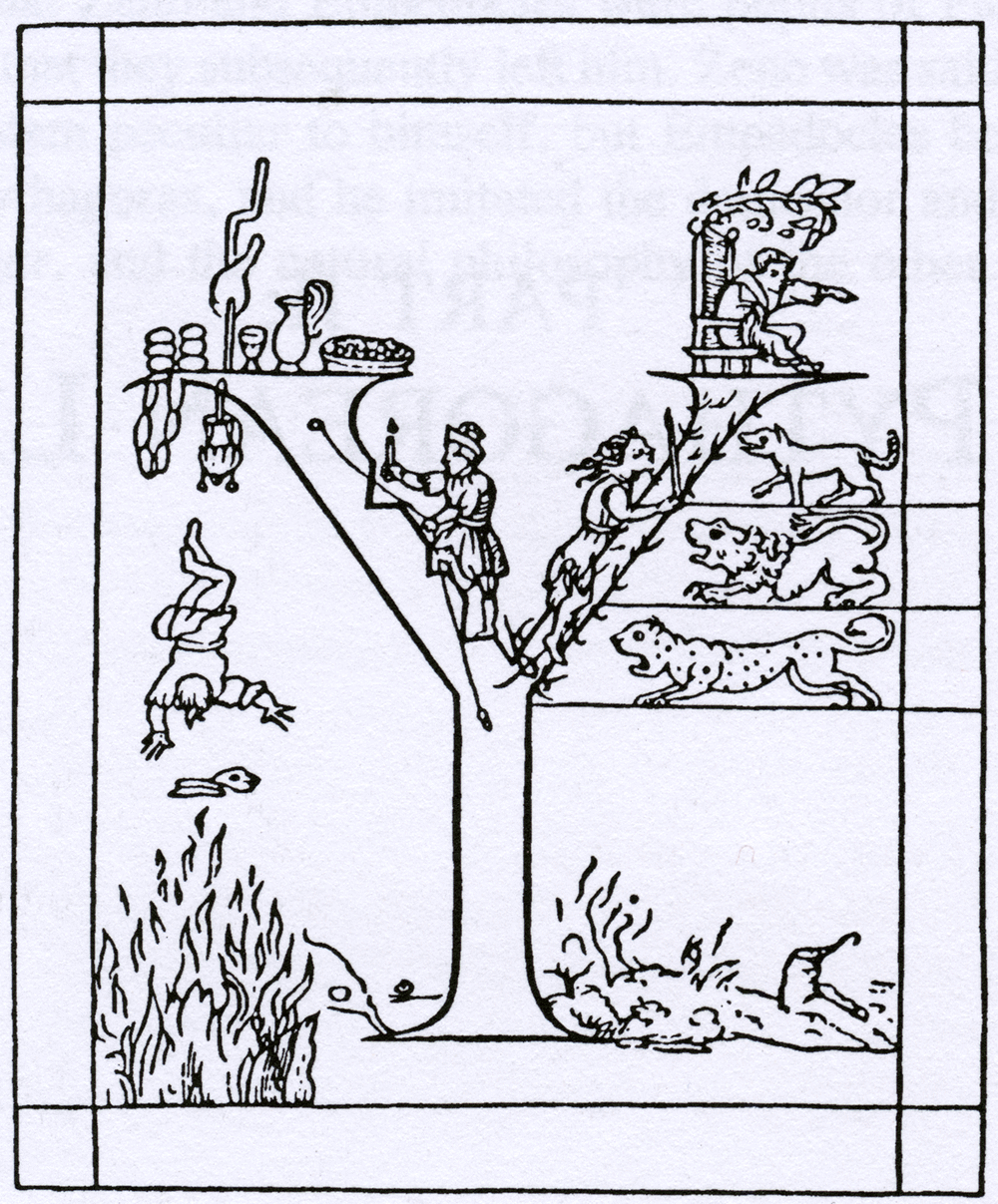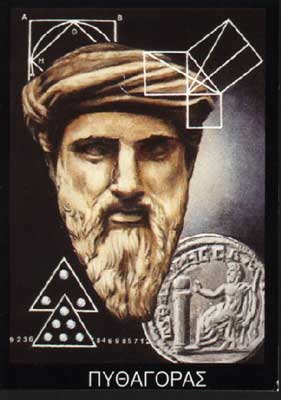Number is the term applied to all numerals and their combinations. (A strict interpretation of the term number by certain of the Pythagoreans excludes 1 and 2.) Pythagoras defines number to be the extension and energy of the spermatic reasons contained in the monad. The followers of Hippasus declared number to be the first pattern used by the Demiurgus in the formation of the universe.
The one was defined by the Platonists as “the summit of the many.” The one differs from the monad in that the term monad is used to designate the sum of the parts considered as a unit, whereas the one is the term applied to each of its integral parts.
There are two orders of number: odd and even. Because unity, or 1, always remains indivisible, the odd number cannot be divided equally. Thus, 9 is 4+1+4, the unity in the center being indivisible. Furthermore, if any odd number be divided into two parts, one part will always be odd and the other even. Thus, 9 may be 5+4, 3+6, 7+2, or 8+1. The Pythagoreans considered the odd number–of which the monad was the prototype–to be definite and masculine. They were not all agreed, however, as to the nature of unity, or 1. Some declared it to be positive, because if added to an even (negative) number, it produces an odd (positive) number. Others demonstrated that if unity be added to an odd number, the latter becomes even, thereby making the masculine to be feminine. Unity, or 1, therefore, was considered an androgynous number, partaking of both the masculine and the feminine attributes; consequently both odd and even. For this reason the Pythagoreans called it evenly-odd. It was customary for the Pythagoreans to offer sacrifices of an uneven number of objects to the superior gods, while to the goddesses and subterranean spirits an even number was offered.
Any even number may be divided into two equal parts, which are always either both odd or both even. Thus, 10 by equal division gives 5+5, both odd numbers. The same principle holds true if the 10 be unequally divided. For example, in 6+4, both parts are even; in 7+3, both parts are odd; in 8+2, both parts are again even; and in 9+1, both parts are again odd. Thus, in the even number, however it may be divided, the parts will always be both odd or both even. The Pythagoreans considered the even number-of which the duad was the prototype–to be indefinite and feminine.
The odd numbers are divided by a mathematical contrivance–called “the Sieve of Eratosthenes”–into three general classes: incomposite, composite, and incomposite-composite.
The incomposite numbers are those which have no divisor other than themselves and unity, such as 3, 5, 7, 11, 13, 17, 19, 23, 29, 31, 37, 41, 43, 47, and so forth. For example, 7 is divisible only by 7, which goes into itself once, and unity, which goes into 7 seven times.
The composite numbers are those which are divisible not only by themselves and unity but also by some other number, such as 9, 15, 21, 25, 27, 33, 39, 45, 51, 57, and so forth. For example, 21 is divisible not only by itself and by unity, but also by 3 and by 7.
The incomposite-composite numbers are those which have no common divisor, although each of itself is capable of division, such as 9 and 25. For example, 9 is divisible by 3 and 25 by 5, but neither is divisible by the divisor of the other; thus they have no common divisor. Because they have individual divisors, they are called composite; and because they have no common divisor, they are called in, composite. Accordingly, the term incomposite-composite was created to describe their properties.
Even numbers are divided into three classes: evenly-even, evenly-odd, and oddly-odd.
The evenly-even numbers are all in duple ratio from unity; thus: 1, 2, 4, 8, 16, 32, 64, 128, 256, 512, and 1,024. The proof of the perfect evenly-even number is that it can be halved and the halves again halved back to unity, as 1/2 of 64 = 32; 1/2 of 32 = 16; 1/2 of 16 = 8; 1/2 of 8 = 4; 1/2 of 4 = 2; 1/2 of 2 = 1; beyond unity it is impossible to go.

Moe is the founder of GnosticWarrior.com. He is a father, husband, author, martial arts black belt, and an expert in Gnosticism, the occult, and esotericism.







